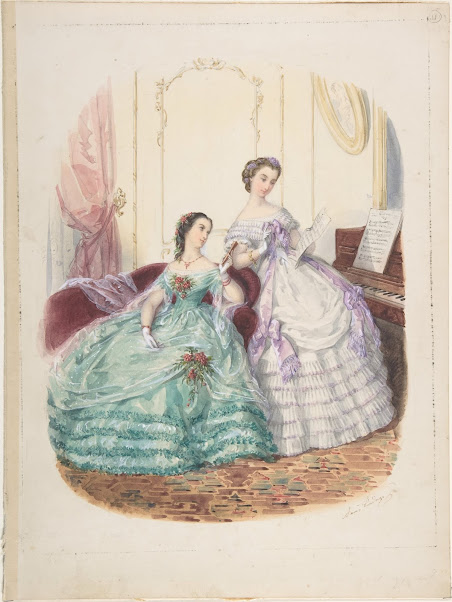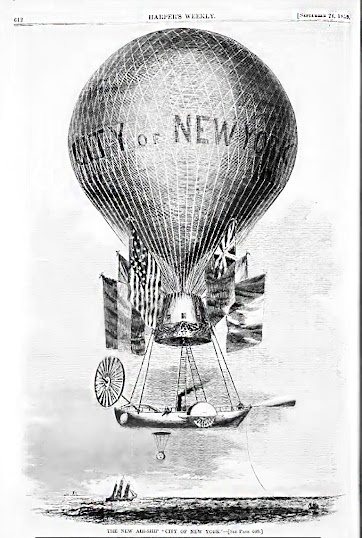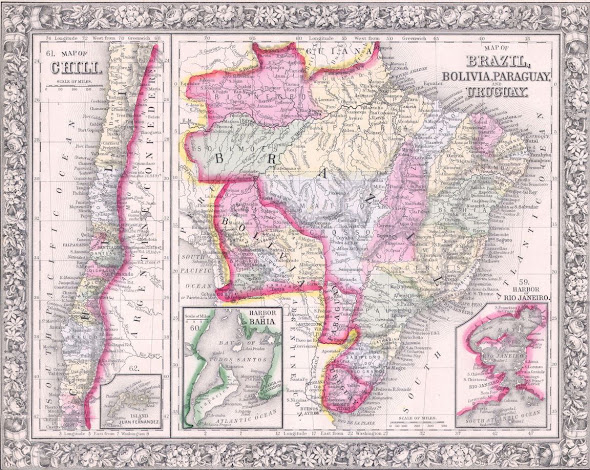How to Sit In a Hoopskirt
“My Victorian black wool dress is
historically accurate because it’s completely hand-sewn. Early Victorian dress
were always sewn by hand. All seams – the visible as well as the hidden seams
are hand-sewn! It took me 28 hours from start to finish: 11 hours for the skirt
and 17 hours for the bodice. Yes, I measured the time because I was curious how
long it took back then to sew a dress entirely by hand!”—modern day re enactor
Hoop Skirt History
What’s a girl to do to attract a man’s eye?
Corsets could emphasize the narrow waist and a dozen or more petticoats under a dress would make it billow out into a bell shape, creating exaggerated hips and butt. But. A dozen petticoats are hot, heavy, expensive, and worst of all, risk tangling one’s feet in the petticoats and falling while walking. The hoop created a clear space in which a woman could walk without fear of tumbling and the bell shape could be made to sway most attractively. It was also light weight.
Careful how you make those skirts!
How to Sit in a Hoop Skirt—
To sit, a lady would reach behind and grasp the second or third hoop, drawing it up towards the small of her back as she sat down. This would leave a narrow area between the second and third hoop where her bottom would come to rest on the edge of the chair while not raising the front of the skirt by an unacceptable amount. Women of the period were always on the edge of their seats. Leaning back would destroy part of the hoops and distort the front.
A lady had to sit properly or suffer the social humiliation of her underclothes being visible to anybody viewing her from behind. No leaning back! A chair against the wall was the best protection to dignity, but, of course, that wasn’t possible in all situations. Wherever the chair was placed a lady still had to sit so as not to crush or break the hoops.
Corsets were the perfect enforcer of the straight upright posture required to carry off the feat of sitting properly.
The older generation was scornful of what they viewed as impractical fashion. Keep in mind, doors and furniture had been designed for women in form fitting clothes, or at least in clothes soft enough to move through a doorway. Hoops could compress a little bit, particularly early designs using reeds, wood or whalebone hoops, but later iron wire hoops would bend and stay misshaped. All sorts of hoops could either stain or tear the petticoats.
Hoop skirts and tighter corsets were viewed at the time as quite liberating for women. (More on the corsets, later.) Wearing only a petticoat and crotchless underwear, a hoop skirt needed only two or three petticoats to be laid over it before a dress was finally placed on top.
Getting Dressed
Early drawers from several decades before 1848 were not joined. Each leg was donned separately and and a string tied around the waist. Just as a shoe can easily come untied, the strings on these separate parts could come untied, dropping down to the floor. At a social event, this was, of course, mortifying. Made as a single garment, they could be both hooked and tied above the lady's waist. Drawers were not only split, but they
were also long, the ends designed to be hooked to or tied to long stockings.
women's open drawers
Once drawers and stockings were donned, a
woman tied a petticoat around her waist (they were not slip-over- the-head
petticoats.) Then, a steel birdcage shaped set of hoops put over the petticoat.
The hoops cage was either sewn over with crinoline or a crinoline petticoat
placed over it. Before hoops and crinoline, as many as eight petticoats might
be worn to give a dress its bell shape. After hoops and crinoline, a lady
needed only two or three petticoats before the final dress was fitted over
everything.
Upper and middle class women wore hoops
whenever going out in public or to a formal occasion. Less prosperous women
would wear only the crinoline petticoat with one linen petticoat underneath and
three or four petticoats over the crinoline to obtain the same bell shape.
wedding corset 1855
And speaking of shape—women of all classes wore corsets. Corsets were not--as depicted in Gone With the Wind-- instruments of torture. A modern day researcher and re enactor makes her own corsets and wears them as an everyday article. She found the corsets permanently (or for a while) re shaped her body. She went down to an 18 inch waist, even with the corset off. Several types of corsets existed. Some laced and tied together in front, others, in back. Some were designed to go under the breasts, and some designed to rise higher and compress the breasts. Either way, the reenactor found the corset provided much the same support as a modern back brace used in factories and construction sites. In an era when the average woman did a good deal of heavy work, corsets provided extra support—as well as making young women stand up straight. The old pseudo “fact” that some women removed a rib to make themselves even more narrow waisted, is a misunderstanding of the word “rib.” Corsets were generally stiffened with “ribs” of whale bone or steel slipped into slits surrounding a corset. Steel was stiffer, but whale bone did not stain by rusting. To remove a rib or two meant the corset could be made to tighten the waist down further, obviating a woman having to buy another corset if she gained weight.
A lady slipped on a linen or cotton chemise before the corset could be worn. Then the corset was laced on. Corsets were hard to clean in a wash by hand era, so a corset cover was added next to keep the corset clean. Another chemise of linen might be placed over this and then the blouse.
Yes, there were also corsets designed to
be worn during pregnancy.
Hoop Skirt Practical Details—
Relieving one’s self required spreading legs and squatting over a chamber pot (or the ground) since women wore split (crotchless) drawers. Or simply lifting the dress and petticoats and placing the chamber pot between her legs.
It was an era of primitive or non existent sewers and few restrictions on waste disposal. Contrary to popular costume dramas in movies and TV, the cobble stone or dirt streets were strewn with animal droppings, dead animals, and whatever garbage people had tossed into the street. Particularly in summer months, a heavily scented handkerchief held to the nose masked the appalling stench of outhouses, animal droppings, and garbage. How could anybody walk—besides very carefully—without dragging the bottom of one’s dress and petticoats through the surrounding filth?
"Pages" were the answer. Sometimes called simply “dress raisers,” pages were a series of looped cords reaching the bottom hoop and petticoats. A woman pulled on the knot of ropes in the folds of the dress and pulled up the dress several inches, usually enough to avoid most muck.
















Comments
Post a Comment